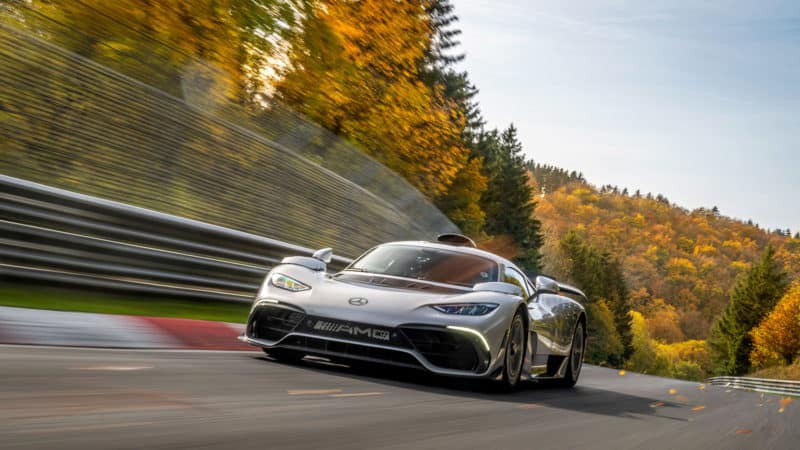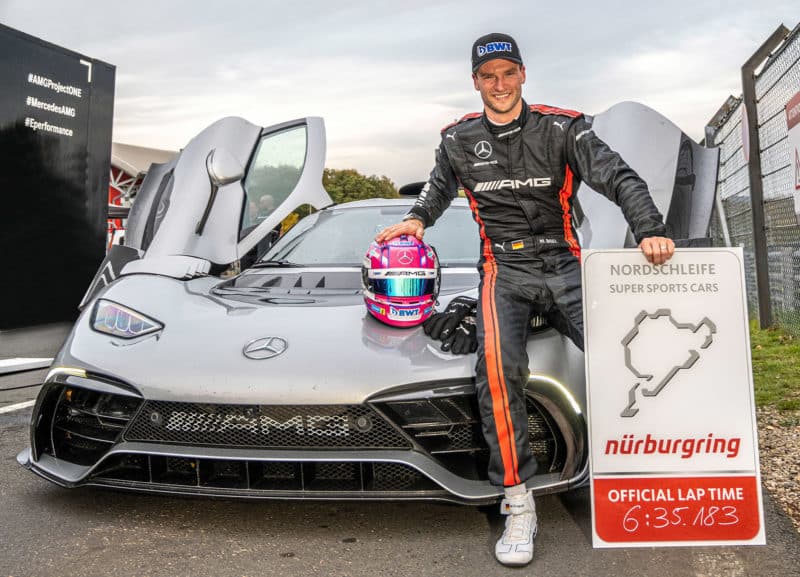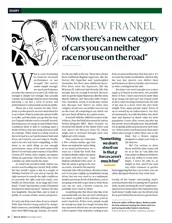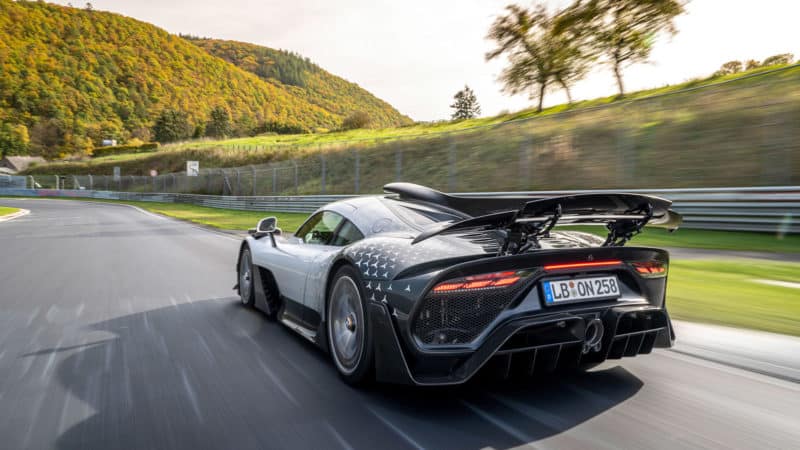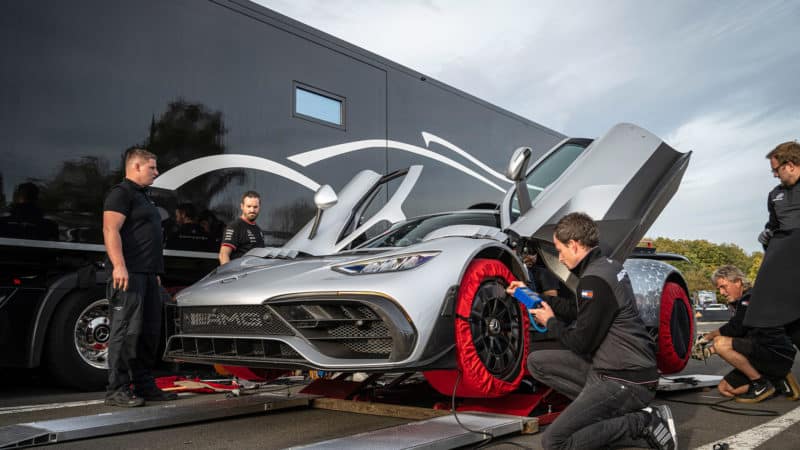And it seems less remarkable still when you consider the two cars involved. The Porsche is a version of a very common standard production car, the Mercedes an ultra-low volume hypercar, whose 275 examples were sold for around £2.4 million each, comfortably more than ten times the price of the Porsche. And with a power advantage of over 300bhp, perhaps the only surprise would have been had it not broken the Porsche’s record. Indeed the more I look at it, the more impressive the 911’s time becomes.
It makes me wonder what sort of times we’re going to see once Aston Martin turns its attention to the track and sees what time its Valkyrie can manage with its Adrian Newey-designed chassis, even more power than the AMG One and probably half a tonne less mass to conduct. I think we could be looking at something that threatens Stefan Bellof’s 6min 25sec lap record in that 1000km race, the fastest ever achieved in on that circuit and shortly before he turned his car into an aeroplane.
But there’s another question here. Where’s it all going to end? Whether you think it is stupid or not, the truth is a Nürburgring lap time has become a prized marketing tool for makers of sporting cars. Now, I couldn’t care so much as a single hoot about how fast a two tonne SUV can get around the track, but I will confess to an academic interest in the production car record, because it is an ultimate benchmark and shows how close the road cars of today are to the racers of yore.
“The pressure to match what the simulations say is enormous”
Even so, I do worry. Last year I sat down with one Lars Kern, a lovely bloke who also happens to be Porsche’s go-to man when they want someone to fling a car around the ‘Ring at an unfeasible speed. It was he who set the time in the GT2 RS. And I had just presumed Porsche policy was for him to drive as fast as he felt comfortable driving, to make the most of the car’s performance of course, but to do so in a way that avoided all risk. The difference between decent race pace and a banzai quali lap if you like. But I was wrong.
“When I am doing those laps, there is nothing left in reserve,” he told me. “I drive as fast as I can make the car go, from start to finish. The concentration is such that after two laps I am mentally exhausted, finished for the day. In the 24 hour race you might to 18 laps in a double stint and that is easy by comparison.”

